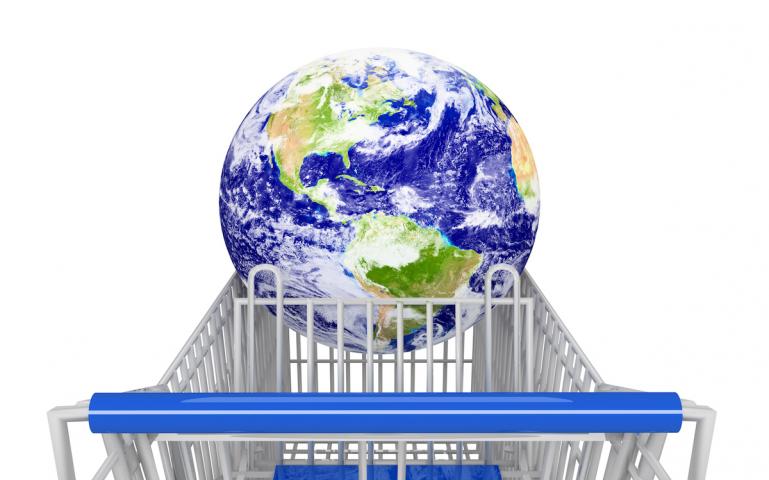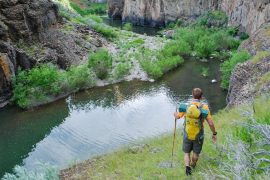
It’s no exaggeration to say that the first Earth Day was unlike anything else in U.S. history. The day was sui generis: originally concocted by U.S. Senate backbencher Gaylord Nelson of Wisconsin, it was picked up a handful of young organizers worried about pollution. Then, unexpectedly, tens of millions joined in. On April 22, 1970, an estimated 20 million people participated in Earth Day activities. The U.S. population at the time was just over 200 million. Do the math: Around one in 10 Americans took part, making the inaugural Earth Day very likely the biggest single day of political activism in the history of the republic.
Here’s Joseph Lelyveld writing on the front page of The New York Times and describing what he called a “secular revival”:
“Huge, light-hearted throngs ambled down auto-less streets here yesterday as the city heeded Earth Day’s call for a regeneration of a polluted environment by celebrating an exuberant right of spring.
…
“For two hours, except for crosstown traffic, the internal-combustion engine was barred from Fifth Avenue between 59th and 14th Streets: the only wheeled vehicle to go down the avenue during this period was a horse-drawn buggy carrying members of a Harlem block association.
“Fourteenth Street between Third and Seventh Avenues … became an ecological carnival.
…
“Visitors had rambled through booths around [Union Square] where particular causes were stressed—clean air and peace, urban planning and voluntary sterilization, conservation and wildlife preservation.
“Each visitor to the square had to improvise his own Earth Day, by deciding where to spend his time. Some resolved the range of choices by taking part in a nonstop Frisbee game on Union Square Park’s piebald lawns.”
Cool.
That massive show of citizen concern, famously, sparked the passage of the bedrock U.S. environmental laws: The Clean Air Act, the Clean Water Act, the National Environmental Protection Act, the Endangered Species Act. What had been a conservation movement often driven by ladies and gentlemen—society women who ran and usually won so many local preservation campaigns; New York Brahmins like President Teddy Roosevelt and Wilderness Society co-founder Bob Marshall; and successful farmers like John Muir—took on a grassroots flair….





